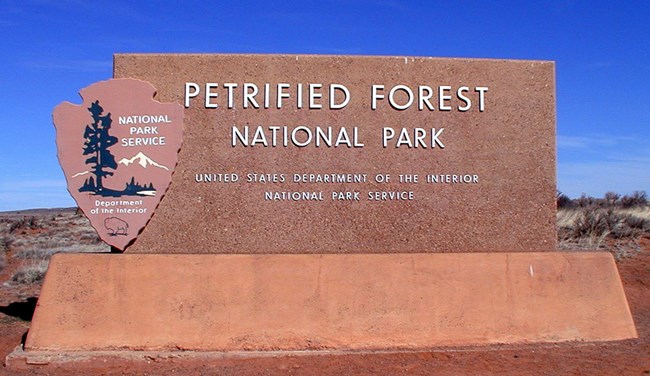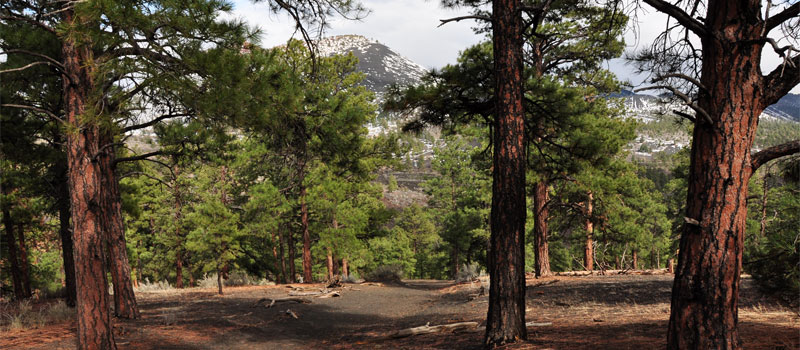May-July, 2020
Last July we had the opportunity to visit the Petrified Forest National Park and the Painted Desert. Last August we spent time at Sunset Crater Volcano and Wupatki National Monuments, and explored in depth, from the North, South, East and West, Grand Canyon National Park. These are all within fairly easy reach of our 2020 summer home due to the coronavirus in Williams. If we loved ’em the first time how could we pass up, at least, one “next” visit?
Wonder what we’ll see and how we’ll feel about these attractions without the “oh wow” factor of the first time around?

“It is the middle ground between light and shadow, between science and superstition, and it lies between the pit of man’s fears and the summit of his knowledge. This is the dimension of imagination. It is an area which we call the Twilight Zone.”
Imagine if you will, what it might be like to be blindfolded and driven to a landscape that defies anything you have ever seen. That’s what it’s like every time you set eyes on the Petrified Forest National Park in northeastern Arizona. The park covers nearly 230 square miles of desert shrub steppe as well as the highly eroded and colorful badlands called the Painted Desert (by the way – why isn’t the Painted Desert a National Park in its own right?).

We decided to experience this amazing and beautiful National Park on a hot, dry June day. As we pulled into the Park we noticed that the temperature was approaching 100 degrees Fahrenheit, so we decided to limit our hikes to loops, like the Crystal Forest, that were less than a mile. There is no merciful shade from exposure to the sun once on any of the trails.


The Visitors Center was closed but the Park Ranger at the gate gave us a handy travel guide. It’s hard to imagine that there are more than 400 species of plants on this dry and arid landscape.

And it’s unthinkable that anything like pronghorns, coyotes and bobcats make their home in this unforgiving climate. We did spot an occasional lizard, but snakes and other reptiles were cooling their jets waiting for the temperatures to fall to something more reasonable – they only come out at night?




How did these trees become the remarkable beauties we see today? What we learned was that when the trees died, they fell over and were rapidly buried in a river channel or floodplain under layers of mud, sand and gravel. Over time the fossilization process completed, creating petrified wood. While the logs may still resemble trees, their internal structure has changed due to water saturation of the tree’s fibrous tissue and a lack of oxygen from being buried. Without oxygen the trees don’t deteriorate. The soil in the Park is mostly volcanic ash and when mixed with water becomes silicic acid, which eventually enters waterlogged trees and interacts chemically with the wood. Silicic acid becomes silica and replaces the original fibrous tissue; over time you end up with a silica replica of the tree. Traces of other elements like iron oxide combine with the silica to create the incredible array of colors in the petrified wood. According to the Park’s paleontologist, the process actually happens over “a few 10,000’s of years” – fairly quickly geologically speaking. Over time and with the pressure exerted on the silica replica by being buried, the petrified wood becomes solid quartz.



The gigantic petrified trees that had been buried over time were unearthed by tectonic forces, erosion, water and the endless winds.


What were the original trees that we now know as the Petrified Forest? Archeologists believe much of the park’s wood is from an extinct conifer tree (Woodworthia) while other trees found in the northern part of the park represent at least nine species of fossil trees which are all extinct. This park is a paleontologist’s dream; over 600 archeological sites have revealed an unbelievable treasure trove of ancient plants, giant reptiles, early dinosaurs, and petroglyphs.


The petrified trees appear to have been sliced into segments by the Park Service. Not true. The park ranger we met on our hike said it happens naturally over very long periods of time. It has to do with how these trees got to their present location. The forces of geology started the uplift of the Colorado Plateau, and the park went from deeply buried to being raised more than one mile. At its high point continuous erosion exposed old rocks and their fossils: the petrified logs. The movement of the land caused the logs to break. And the inner surfaces where they have broken are flat because quartz doesn’t break neatly across its crystal faces. Instead the quartz snaps across the log’s shortest area. Cutting these logs would be a pretty arduous task requiring a diamond saw and plenty of time.

The Painted Desert we can view may have been absorbed into the Petrified Forest National Park, but it is really a broad region of rocky badlands encompassing more than 93,500 acres – stretching to the southeast from (just about) the eastern edge of the Grand Canyon to the small section we visited today. Some say its like being transported into a painting.











Millenniums, the uplift of the Colorado Plateau, earthquakes, tectonic plates in motion, the effect of the mighty Colorado River carving its way through an ever-deepening canyon, and volcanic activity defined the geography we see today in Northern Arizona. Grand Canyon National Park may be (?) the most dramatic and picturesque of the area’s attractions, but Sunset Crater Volcano and Wupatki National Monuments have a unique place in history for 2 reasons. Sunset Crater Volcano is a dormant volcano whose last eruption was in 1085. Those eruptions created an expansive and impressive array of lava fields that rival Craters of the Moon National Monument in Idaho. Secondly, there are the ruins of 5 Wupatki pueblos in this (now) desolate barren land. How the Wupatki peoples survived, and then why they left are still questions being answered.
The wonderful scenery starts soon after entering the Sunset Crater Volcano National Monument property.

Sunset Crater Volcano may be the “big daddy” inside the Monument, but it is not the only volcano that helped shape the region.
Across the street from the A’a Lava Field is the Lenox Crater Trail, a moderate 1.6-mile loop trail that ascends through ponderosa pine forest before reaching a summit that overlooks the Lenox Lava Field and has a spectacular view of the San Francisco Peaks.






Following our descent from the Lennox Crater Trail it was a brief walk to hike the short Bonito Vista and Lava Flow Trails.










We stopped for lunch at the Visitors Center and a bluejay was hanging around probably looking for a quick bite to eat – perfect for a picture. But the rascal was teasing me all the while and all he’d give me was a profile in the shadows of a tree.

We felt as if we had done a good job exploring the Wupatki pueblos, but there was one hike of interest in the National Monument…the Doney Mountain Crater Trail – hiking on another dormant volcano!




What more can be said about the beauty of the Grand Canyon? We have stood in astonishment of the canyon, hiked a portion of the Kaibab and Bright Angel Trails, been at the South Rim for sunup and sunset, and marveled at the grandeur of Mother Nature’s handiwork.
As is said: “a picture is worth a thousand words.”



















So to answer the original question way back so many pictures ago, we’ll use what Barbara calls Brian’s way of answering a question – with other questions! Does anyone ever forget their first love? Does anyone ever forget the birth of their first child or grandchild? Does anyone ever forget the address or phone number of their childhood home? Not to diminish one iota what may follow – the places you live, the loves of your life, children and grandchildren – but, well, there was a first time and it will always hold a special place in our memory and heart.
We had a chance to spend more time at Petrified Forest National Park and Painted Desert, as well as Sunset Crater and Wupatki National Monuments than the first time around. In Brian’s opinion the light was better and there was no hazy interference from fires at the North Rim for pictures of our visits to the South Rim of Grand Canyon National Park.
Better this time around can’t really be answered. We both still had “ain’t-this-amazing-awe-inspired- stop-and-stare-soak-it-in” moments just like our first visits. Becoming students of and appreciating more fully these incredible treasures might be a better way of encapsulating our experience.
Barbara and Brian
Beautiful pics of the grand canyon!
LikeLike
sometimes i get lucky with the photos – thanks
LikeLike
Wow! Just amazing. The petrified forest was especially interesting to read about.
LikeLike
the adventures continue in this time of quarantine…always something to keep me out of trouble (you know Barbara is too saintly for being in trouble!) Amazing places to stop and absorb abound. All’s well in philly?
LikeLike
Well as can be expected, given circumstances. 😉
LikeLike